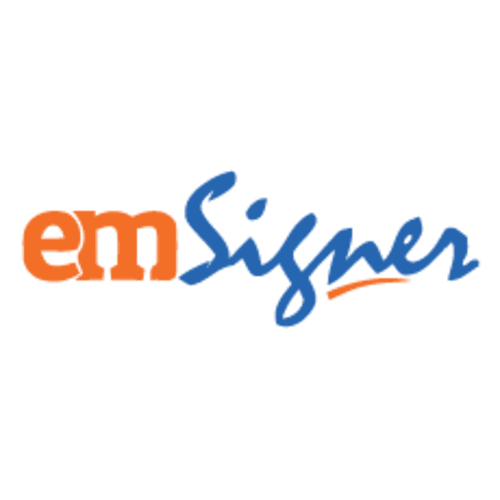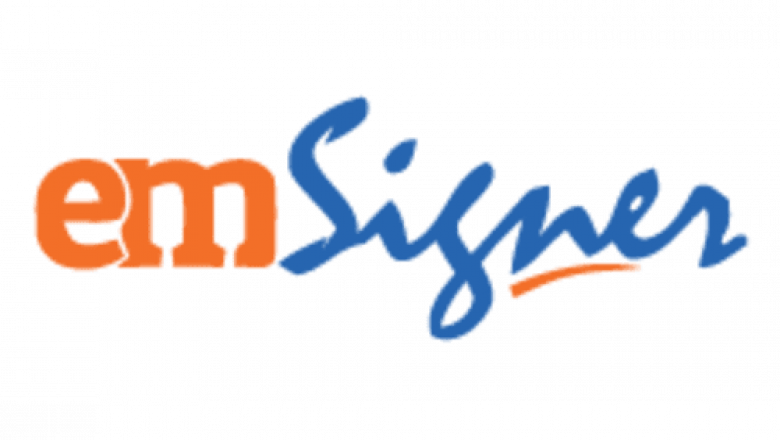views
One such indispensable tool is the eSignature solution, a transformative technology that eliminates the need for physical signatures. Among the top-tier solutions available, emSigner stands out as a comprehensive platform designed to cater to businesses of all sizes.
This blog dives deeper into what makes emSigner a leading choice for eSignature solutions, exploring its features, benefits, and considerations to help you determine if it’s the right fit for your business.
Many of us have experienced signing a document electronically. It can be done by typing our name, drawing it on the device with our finger, or inserting an image of our signature. Electronic signature is the modern way of document signing. It is the most secure method of document signing. It offers flexibility to organizations to choose from various kinds of e-signatures based on the nature of business and signing requirements.
If you are thinking, “Is electronic signature legal in the USA,” then this blog you have landed on the right page. The U.S. Electronic Signatures in Global and National Commerce Act, also known as the ESIGN Act proclaimed in the year 2000 that e-signatures hold legal value in every state and territory of the U.S.A. wherever federal rules are applicable. In states that do not uphold federal laws, the U.S. government has ordained the Uniform Electronic Transactions Act or UETA. This act was published in 1999 by the Uniform Law Commission.
However, the default federal law is ESIGN which applies to transactions associated with international or interstate businesses in states that do not accept UETA or any other policy that offers alternative methods for using e-signatures that are consistent with ESIGN.
ESIGN was legislated as a measure to settle disputes between various state laws. It regulates the approach to digital signatures and records for interstate and international business. Most jurisdictions have adopted UETA. It has significantly similar policies and applies to different transactional scenarios that are not covered by ESIGN.
Kinds of electronic signature
There are two primary kinds of electronic signatures used in the USA. They are:
-
E-signature- Also known as electronic signature, e-signature signifies any electronic procedure that implies the acceptance of any record or agreement. This is a broad category that includes the majority of the electronic signatures in the U.S.A. This kind of signature uses various authentication methods to verify the identity of the signer. The signer has to submit one or more of the several authentication factors such as username, email ID, password, PIN, OTP, etc. The signing proof is portrayed by a secure method that involves an audit trail of the actions done on the document and a digital certificate that is tamper-proof and fixed into the final signed document.
-
Digital signature - In the case of digital signature, a trust service provider such as a Certificate Authority issues a digital certificate which is used as a signing proof. The digital certificate is attached with each signature with the help of encryption on the document.
Source: https://blogs.emsigner.com/electronic-signature-laws-regulations-in-the-usa























Comments
0 comment